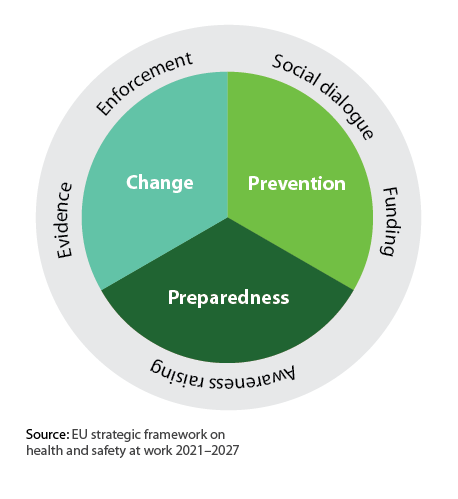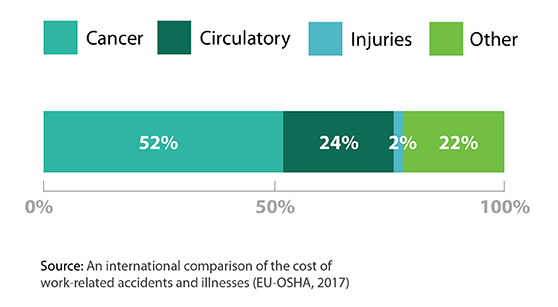8 minutes04/07/23
As a company, you are subject to countless regulations, national and international laws, and changes in the law. This also applies to occupational health and safety. For example, safe working conditions and work processes are part of the eighth goal “Decent Work and Economic Growth” of the 17 Sustainable Development Goals of the UN Agenda 2030. In the European Union, these issues are addressed by the EU-OHSA — the European Agency for Safety and Health at Work. With ESG reports such as the CSRD becoming increasingly relevant, it is particularly worthwhile for forward-looking companies to be informed about the overall picture and the planned priorities and changes in this area.
On June 28, 2021, the European Commission officially launched its new strategic framework on health and safety at work 2021–2027 – also colloquially referred to as “EU health and safety law” – to ensure the health and safety of workers in a changing world of work, particularly in relation to the Covid-19 pandemic. The “European Pillar of Social Rights” emphasizes in its 10th principle that “workers have the right to a high level of protection of their health and safety at work”. At the Porto Social Summit on May 7, 2021, all partners reaffirmed their determination to implement the European social rights framework and a strong social Europe. They committed themselves to promoting fair and sustainable competition in the internal market, including through healthy workplaces and environments.







